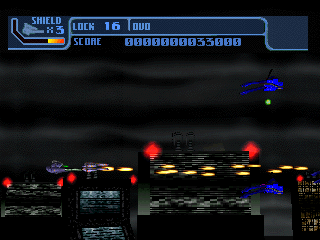It's often said that the main strength of the UK microcomputer era is that anyone could make a game about anything, and get it published. The same also applied to licenced games: any TV show or movie could be made into a videogame, as long as it was even moderately popular at the time.
According to legend, the Australian soap Neighbours is actually more popular in the UK than it is in its homeland, and much of that audience is teenagers (I watched it a lot during my teenage years, even!). So there's an Amiga game based on it. Two, actually, one licensed and one a fangame. A fangame based on a TV soap opera over two decades ago! Unfortunately, they're both from the early 90s, roughly a decade before I was watching, so they'll mainly feature characters and stories that I've never even heard of.
First up, I'll talk about the official game. It's a racing game, you play as some teenager on a skateboard, and your opponents are other teenagers, pretty evenly divided between boys and girls, riding skateboards, go-karts, bikes and so on. You race around the block, scoring points by going between traffic cones and collecting food. There's also obstacles all over the place, which are the kind of thing you'd expect to see in a version of Paperboy set in a very stereotypical version of Australia: cars, people walking around, and open manholes alongside Kangaroos and Emus (I don't remember ever seeing either of those animals in an episode of Neighbours, though maybe it was different back then?). It's mildly amusig for a few goes, but nothing you'd ever want to play for an extended period, and I don't think the novelty would warrant actually going to a shop and buying it. It does look very nice, though: very bright colours and charming little sprites.
The fangame is known by the longer title Neighbours: The Adventure, and the title's pretty descriptive, since it's an adventure game based on Neighbours. The inro tells you that the evil capitalist Paul Robinson has bought all the land on which Ramsey Street stands and wants to evict everyone and sell it off for a profit, and you have to stop him.
I'll have to make an admission here and say that not only am I not really a fan of adventure games, I'm also not very good at them. As a result, I quickly got bored of fruitlessly clicking on things hoping to make something happen and got nowhere. The presentation is nice, though, with low-res digitised photos and actual music from the show, though the few points that use animation do look ridiculous. Generally, though, it looks and feels more professional than the official game. I guess if you like adventure games and want something with a mundane surburban setting, look it up?
I didn't really go into either of these games expecting them to be good, I just thought it was an odd footnote in history that an Australian soap managed to somehow get two videogames made out of it, and both for a market literally on the other side of the world. I wouldn't recommend wasting your time on either of them, to be honest.





























